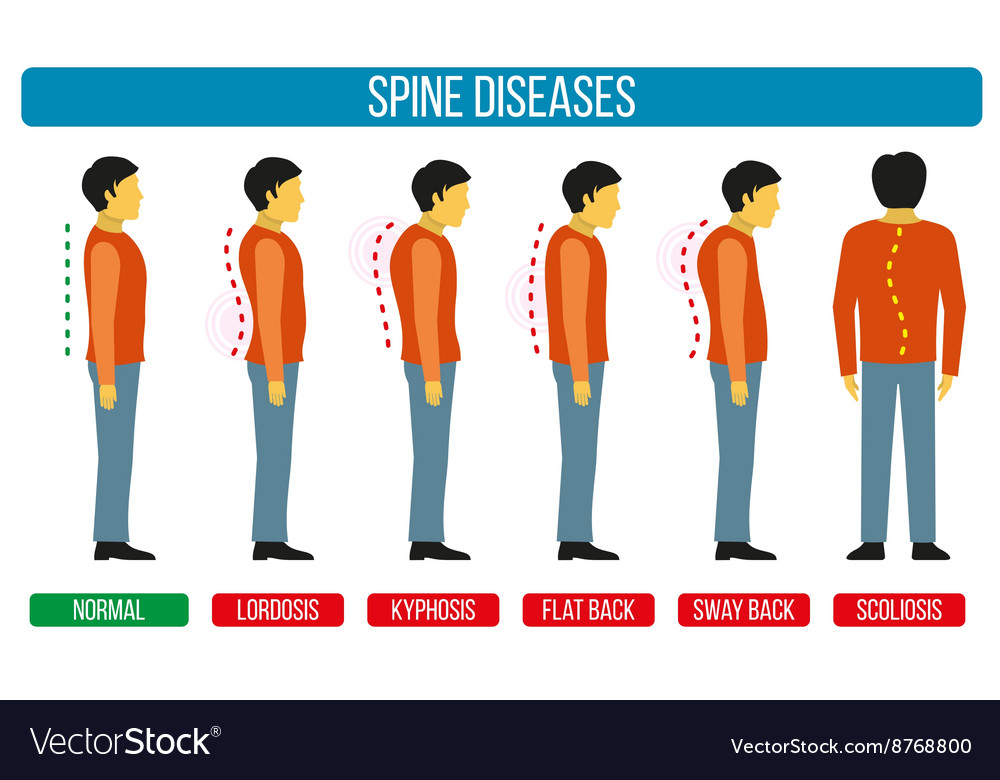Just When You Believe Alleviation Is Near, Soft Tissue Therapy Reveals Its Uneasy Facts-- Discover Why The Procedure Can Be Uncomfortable Yet Advantageous
Just When You Believe Alleviation Is Near, Soft Tissue Therapy Reveals Its Uneasy Facts-- Discover Why The Procedure Can Be Uncomfortable Yet Advantageous
Blog Article
Developed By-Waddell Rossi
When you go through soft Tissue treatment, you may find it remarkably uneasy. This discomfort occurs as pressure is applied to stressful muscular tissues and broken tissues, triggering your pain receptors. While it can really feel upsetting in the moment, there's a reason behind this sensation. Comprehending what happens in your body during these therapies can help you value the procedure. So, what exactly is going on below the surface?
The Physiology of Discomfort During Soft Tissue Therapy
When you undertake soft Tissue therapy, your body's reaction to pain is a complicated interplay of physical procedures. As the therapist applies stress, your body turns on pain receptors, sending signals to your brain. This activates the release of natural chemicals, such as compound P and glutamate, which enhance the sensation of discomfort.
Your muscle mass might additionally tighten in feedback, more complicating the experience. In addition, your body might launch endorphins, natural painkillers that can help ease some discomfort.
The communication between these procedures can produce an unique experience for every person. Understanding this physiological action helps you browse the sensations throughout therapy, permitting you to value the balance between pain and the capacity for healing benefits.
The Function of Discomfort in the Recovery Process
Although pain throughout soft Tissue treatment can really feel frustrating, it plays a critical function in the healing process. When link web site experience discomfort, your body is indicating that it's functioning to fix broken tissues. This feedback aids boost blood flow to the affected area, providing crucial nutrients and oxygen needed for recovery.
Additionally, discomfort can promote the release of endorphins, your body's natural medicines, creating a sense of relief post-treatment. Accepting this pain can aid you comprehend your body's limits and motivate you to deal with underlying issues.
While it's awkward now, this process is crucial for lasting healing and enhanced feature. Identifying discomfort as an essential part of recovery can equip you to remain dedicated to your treatment.
Tips for Taking Care Of Pain Throughout and After Treatment
Taking care of pain during and after soft Tissue therapy can considerably enhance your total experience and recovery.
To start, communicate openly with your therapist regarding your pain degrees; they can adjust techniques appropriately. Using deep breathing strategies can likewise aid you unwind and relieve discomfort.
Think about using ice to the cured location post-session to decrease swelling and numb pain. Staying hydrated aids in the healing process, so consume alcohol lots of water.
Mild extending and light movement after treatment can advertise blood circulation and ease rigidity. Lastly, ensure you get appropriate remainder to permit your body to recover.
Executing these tips can make your soft Tissue therapy much more manageable and enjoyable.
https://backadjustmentchiropracto17384.59bloggers.com/33499875/sports-massage-therapy-techniques-explained-exactly-how-they-can-change-your-training , while soft Tissue therapy can be awkward, it's essential to recognize that this discomfort plays a crucial duty in your healing journey. By recognizing the physiological actions at play, you can approach the therapy with a more positive mindset. Keep in mind, the initial discomfort usually paves the way to relief as your body releases endorphins. Welcome the procedure, and do not wait to utilize the ideas for handling discomfort to enhance your experience and recuperation.
